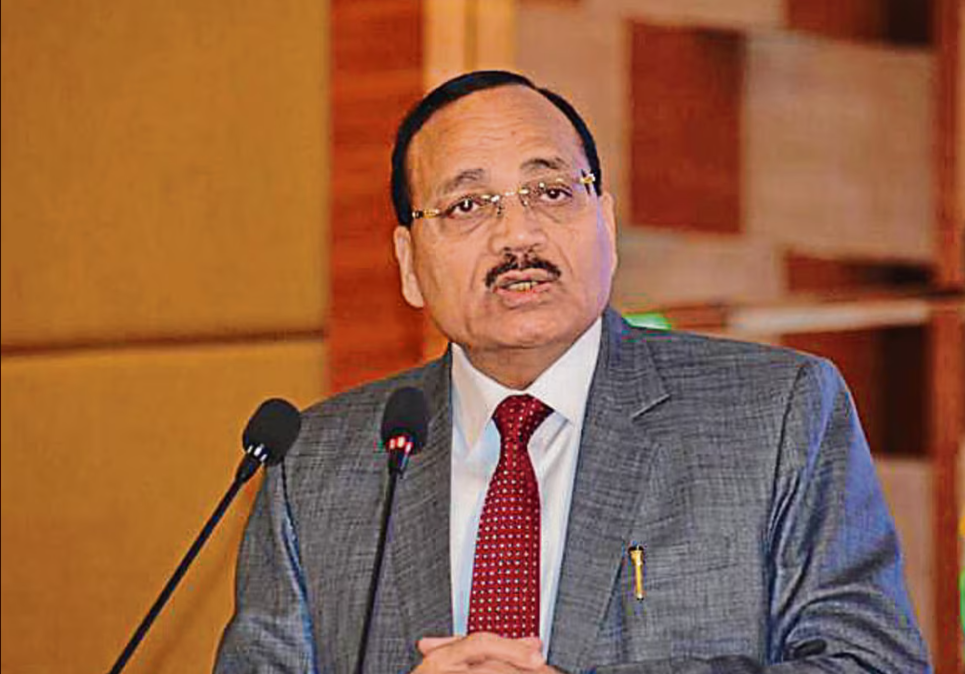Shreya Gupta
On 10 July 2025, Justice Surya Kant, in his address at a roundtable held in Gothenburg, Sweden, highlighted India’s evolving role as a serious and credible contender in the global arbitration landscape. Speaking at the event titled “Reimagining International Arbitration: India’s Emergence as a Global Arbitration Destination”, Justice Kant asserted that the future of arbitration is not only international but increasingly Indian.
He acknowledged that while traditional arbitration hubs like London and Singapore continue to perform effectively, rising caseloads and costs in these jurisdictions have created opportunities for emerging venues such as India. According to him, India’s progress in arbitration is driven by legislative reforms, judicial commitment, and the rise of robust arbitral institutions.
He traced this development to the enactment of the Arbitration and Conciliation Act, 1996, based on the UNCITRAL Model Law, which reinforced key principles like party autonomy, procedural efficiency, and limited court intervention. The 2015 and 2021 amendments to this Act, he noted, have further expedited procedures, streamlined arbitrator appointments, and curtailed grounds for challenging awards, enhancing India’s arbitration regime.
Justice Kant also highlighted several landmark judgments by the Indian Supreme Court that have fortified the arbitration ecosystem, including Bhaven Construction and PASL Wind Solutions v. G.E. Power, along with a significant seven-judge bench ruling validating unstamped arbitration agreements and endorsing the Group of Companies doctrine. He criticised the misuse of vaguely drafted arbitration clauses that give rise to threshold litigation, reaffirming the judiciary’s preference for minimal interference as exemplified in the case of South Delhi Municipal Corporation v. SMS Limited.
Justice Kant praised the growing number of Indian arbitral institutions such as ICADR, ICA, DAC, and MCIA, which are contributing to the spread of institutional arbitration. He also referred to the rise in international arbitration cases involving Indian parties and the establishment of the International Maritime Arbitration Centre at GIFT City, which signals India’s growing prominence in global dispute resolution.
Emphasising India’s influence on the international stage, Justice Kant cited the fact that Indian parties rank among the top users of the Singapore International Arbitration Centre (SIAC), and that in 2024, 15% of SIAC-appointed arbitrators were of Indian origin. He remarked that Indian arbitration professionals now enjoy global recognition and are assuming key leadership positions. Justice Kant also drew attention to India’s legal safeguards for foreign investors, including constitutional remedies under Articles 32 and 226, and referenced India’s proactive participation in bilateral investment treaties (BITs), such as the 2024 India-UAE BIT, to underline India’s increasing role in investor-state dispute resolution.
He further spoke about the rapid growth of India’s online dispute resolution (ODR) ecosystem, supported by legal instruments such as the Arbitration and Conciliation Act, the Information Technology Act, and the new Bharatiya Sakshya Adhiniyam, 2023. These laws validate electronic records and communication, making cross-border arbitration more cost-effective and accessible through virtual proceedings.
Justice Kant also commended executive initiatives like the RBI’s ODR policy, the MSME Ministry’s SAMADHAAN portal, and the Department of Legal Affairs’ efforts to map ODR providers, noting these as steps towards creating an inclusive and efficient dispute resolution framework. He identified several comparative advantages that position India favourably — including lower costs, a transparent fee structure under the Fourth Schedule of the 1996 Act, a large pool of English-speaking and common law-trained professionals, increasing translation capacities, and India’s strategic location.
However, he acknowledged challenges such as enforcement-related bottlenecks and the need to further build institutional capacity. To this end, he advocated for greater investment in legal education, training of practitioners, and fostering public-private partnerships to strengthen the arbitration infrastructure.
Justice Kant concluded by underlining India’s readiness to manage high-value disputes, particularly in the infrastructure, energy, and technology sectors, and stressed the importance of harmonising Indian arbitration practices with international standards such as UNCITRAL and ICSID. He argued that such harmonisation, along with procedural innovations, would ensure India not only competes but leads the global arbitration arena with a system that is both globally credible and locally relevant.
He also emphasised the importance of treating arbitration and mediation as distinct and valuable dispute resolution mechanisms, rather than mere alternatives to litigation. Referring to the Mediation for the Nation campaign, he noted a paradigm shift towards party-driven resolution processes. Justice Kant closed his address with an optimistic vision: India is no longer trying to catch up with traditional arbitration centers, but is actively redefining what arbitration and mediation could look like in a dynamic and multipolar legal world. With continued innovation and engagement, he asserted, India is poised not just to host arbitration proceedings but to shape the future of global dispute resolution.
Instagram: Click here.
LinkedIn: Click here.
For Collaboration and Business: info.desikaanoon@gmail.com

